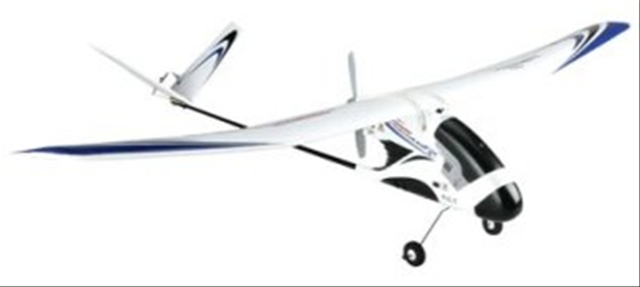
Friday Fanboy returns: RC electric planes
Chris Anderson
The Long Tail
February 03, 2007
[Note: Friday Fanboy was a series [ http://www.longtail.com/the_long_tail/friday_fanboy/index.html ] I started a couple years ago to gush about something I use and like once a week. I can't remember why I stopped, but it was fun so I'll sporadically resume. File it all under "off topic"]
When I was an early teenager and all the other guys were playing sports, dating girls and otherwise being cool, I was into flying radio controlled model airplanes. Actually, I wasn't even cool enough for that. I was into building model airplanes. I was way too much of a wuss to actually attempt to fly them (the inevitable crash and destruction of months of work seemed like a poor bargain, which was a rare moment of sanity for the teenage me).
This was the late 1970s, and the big innovation in RC modeling at the time was small microchip-driven radio and servo components and heat-shrink plastic film for wing covering. I still remember building my first radio control transmitter and receiver, which was perhaps the closest I'll ever get to Make [ http://www.makezine.com/ ] -level competence with a soldering iron and circuit tester.
Fast forward thirty years, and now I have kids of my own, which is all the excuse I need to pick up RC planes again (it's for the kids, allright?). In the intervening years there's been a revolution in the sport, thanks to spin-off technologies from the computer industry. The high-end radios are digital and use the same spread-spectrum techniques as wi-fi and cellphones, which gives them long range and freedom from interference. But the real revolution is that over the past five years, electric planes have become as powerful and ubiquitous as the noisy and fiddly glow-plug gas engines were in my youth, thanks to two major innovations:
To get a sense of what the combination of those two enable, check out this awesome demonstration (thanks for the link, Francisco). The power-to-weight ratio of this kind of flat-body foam aircraft is about 2-1, which is a real tribute to the potential of electrics these days.
[ Video ]
That guy has serious skills. For the rest of us, they way to start is with something a lot less demanding: ready-to-fly planes with brushed motors and NiMh batteries. I tested a few such planes for Wired's gadget section last year, and I've since tried a few others in my quest to find a way back into the sport that works for kids and adults alike.
The first thing to keep in mind as you enter this sport is that it's hard. The combination of wind, the disorienting effect of flying from the ground rather than the cockpit, and the sharp turning required to keep a little plane in eyesight makes crashing frequent, expensive and, with the wrong planes, demoralizing. You can literally invest hundreds of dollars into planes that you can't keep in the air for 30 seconds, and the crashes can be catastrophic.
That said, here's what I recommend (you can see that I've mostly gravitated to the ready-to-fly Hobbyzone [ http://www.hobbyzone.com/ ] line, which is based on a v-tail, carbon-fiber body spar and foam wing design that I think strikes the best balance of performance and crash-tolerance):

Best First Airplane: Hands down, the Hobbyzone Firebird Commander 2 [ http://www.hobbyzone.com/rc_planes_hobbyzone_firebird_commander_2.htm ]. Do not be enticed by the cool-looking and cheap RC planes, such as the Air Hogs line [ Link ], that you can find in toy stores and Radio Shacks. They're underpowered and can't handle any wind at all. Likewise, don't start with a three-channel (elevator, rudder and throttle) airplane, because that's too much to handle for beginners. The Firebird Commander is a lovely balance of stability and performance, with enough power to handle wind (which is very hard to avoid in the real world) and gain altitude quickly, while still being as simple as possible (just throttle and rudder). Tip: don't even try to fly any proper RC plane in anything less than a football field-sized space, and ideally something even larger. Trees are your enemy.
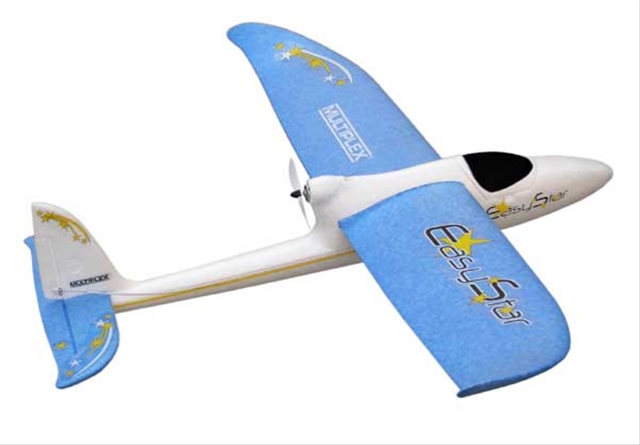
Best Second Airplane: Several candidates. After you're comfortable with the basics of launching, circling and landing, you should advance to three channels (typically rudder, elevator and throttle, but sometimes aileron, elevator and throttle). In that class, we're currently flying the Hobbyzone Firebird Freedom [ http://www.hobbyzone.com/rc_planes_hobbyzone_firebird_freedom.htm ] (its mid-wing design handles wind well, but can be a bit twitchy, especially on launch), the Hobbyzone Aerobird Swift [ http://www.hobbyzone.com/rc_planes_hobbyzone_aerobird_swift.htm ] (which has ailerons rather than a rudder, which give more control but requires a little coordinated elevator work to achieve the full effect. Nevertheless it's my favorite in this class). We're also flying a Multiplex Easy Star [ http://www.bphobbies.com/view.asp?id=V702096&pid=V766681&img=l ] all-foam plane (shown), which is easy to repair (superglue fixes everything). Although its performance is just average it does seem to handle abuse well.
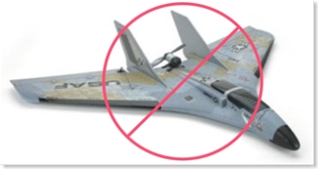
Best Third Airplane: I'm still looking for one. The ideal candidate would be stable and powerful enough to allow us to start learning proper stunts, from loops to rolls, while still being hand-launched and very crash-tolerant. The flying-wing style planes [ http://hobbyzone.com/rc_planes_parkzone_stryker.htm ] look very fun, and I've seen them often at the park, but are they just too hard to keep in the air? Advice, please.
UPDATE: Chester [ http://www.longtail.com/the_long_tail/2007/02/friday_fanboy_r.html#comment-28774820 ] offers some real world experience [ http://www.bullockfamily.com/photos/photoview.phtml?photoid=1727 ] with this kind of plane:
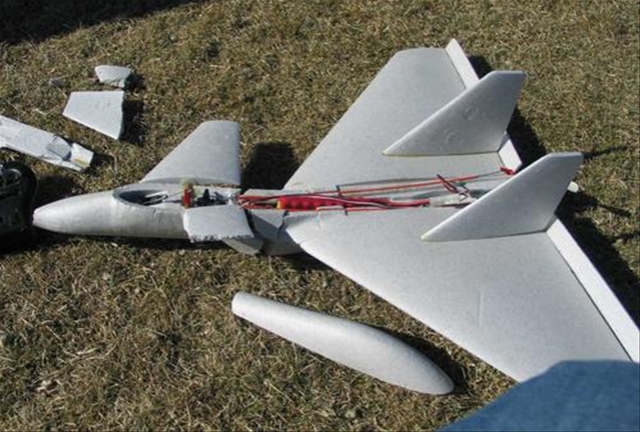
So instead, I think I'll go with this cool Spitfire [ http://hobbyzone.com/rc_planes_parkzone_spitfire.htm ] instead:
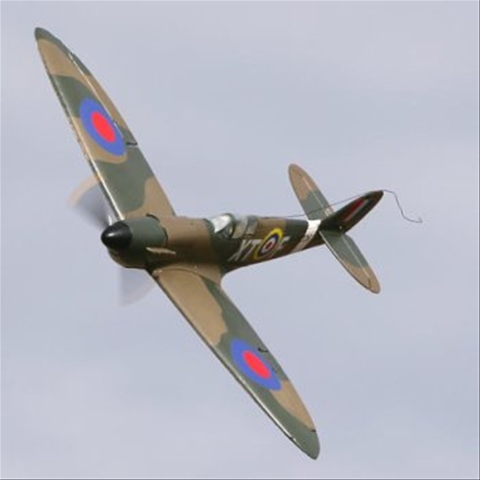
Copyright 2007 http://www.thelongtail.com/